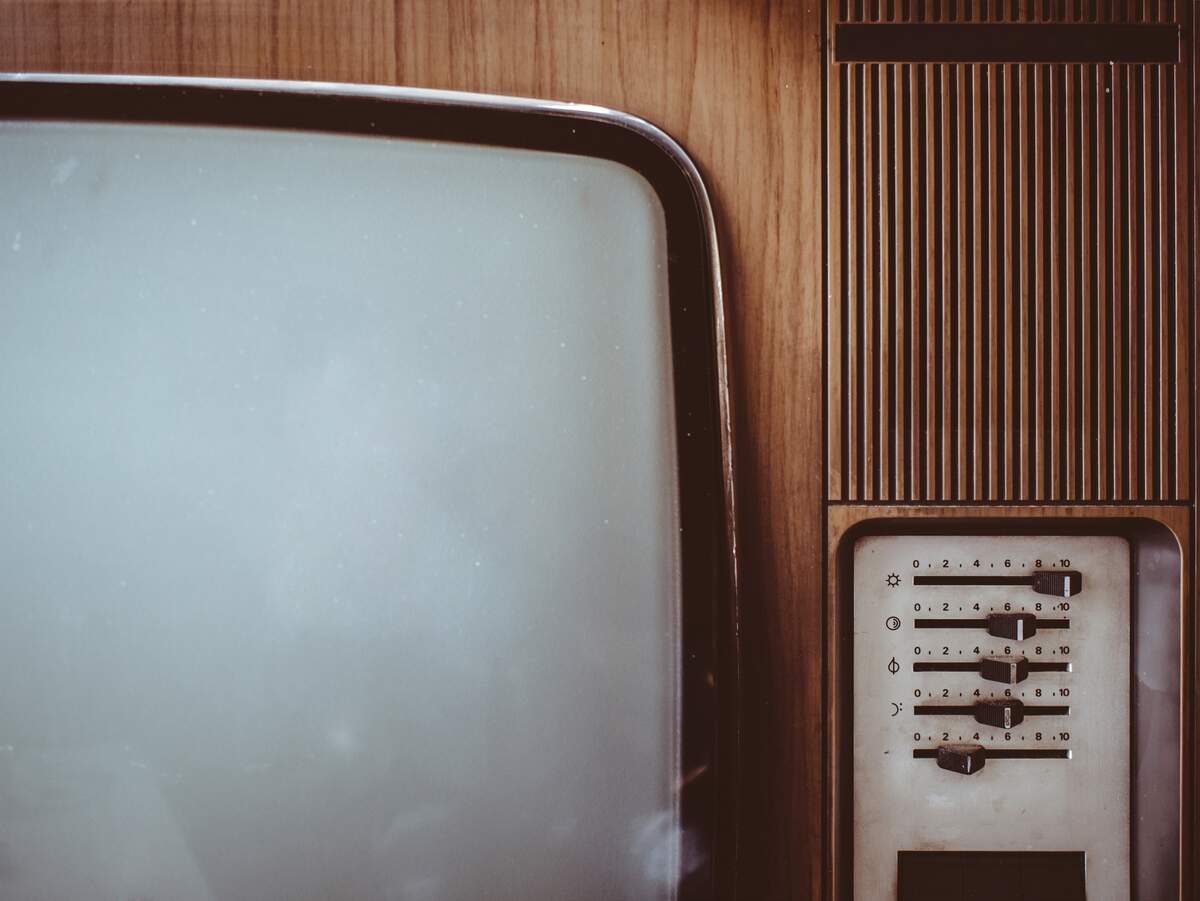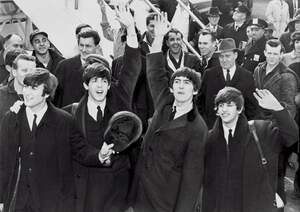

Color TV Day
On today's date in 1951, at 4:35 p.m. Eastern Time, CBS made what is regarded as the first color television broadcast. It was an hour-long variety show called Premiere, which featured Arthur Godfrey, Ed Sullivan, Garry Moore, Robert Alda, and Faye Emerson. The chairman of the FCC and both the president and board chairman of CBS also appeared on it. The program was transmitted from CBS's New York City studio to the city, as well as to Boston, Washington, D.C., Baltimore, and Philadelphia. Only televisions built for color could pick up the transmission, so most people—those with black-and-white sets—who were tuned to CBS just saw a blank screen. Most of those who were able to view the program saw it at a hotel, in department stores, or in an auditorium. Because of this groundbreaking broadcast, today is known as Color TV Day.
The path to color television stretched back before this moment, and went on for many years after this initial broadcast—it wasn't an all-at-once switch. There was a long invention process, and other hurdles included the need for production facilities to make the new color sets, the cost of stations converting to color transmissions, and the cost of the color sets to the public.
CBS was doing some tests with a color system as far back as August 1940. NBC was also working on their own color broadcasts around the same time. One fascinating story says that in 1943, Jerry Lewis and Bill "Bojangles" Robinson performed on a secret NBC broadcast that was sent from 30 Rockefeller Center in New York City to Princeton, New Jersey. In Princeton, there was just one viewer: Albert Einstein. Afterward, the cast met with Einstein. It is possible this truly was the first color television broadcast.
CBS researchers invented a mechanical color television system, and demonstrated it on January 12, 1950, on eight sets in the Walker Building in Washington, D.C. It was not perfect, as it had a bad picture quality and wasn't compatible with black-and-white televisions. Still, the FCC authorized their technology as the national standard that October. They began broadcasting the following June, on what is Color TV Day.
Between 1946 and 1950, RCA Laboratories invented the first electronic television system, which they demonstrated on October 9, 1951. In contrast to the CBS Color TV Day broadcast, the screens on black-and-white televisions did not go blank. Instead, they just displayed the broadcast in black and white. On October 16, 1951, RCA sent a 15-minute color variety show across the continent to San Francisco and Los Angeles—the first continental color transmission.
Color television production was stopped during the Korean War because metals used for both the war and for the production of televisions were scarce. Defense Mobilizer Charles E. Wilson and the National Production Authority called for the halt on October 25, 1951, and production was stopped until March 27, 1953. Afterward, RCA began broadcasting using their electronic television system. It was approved by the FCC on December 17, 1953, and became the first system compatible with black-and-white televisions. RCA also worked to build a better color television, and sales of it began in 1954.
By 1958, there were about 350,000 color television sets in the United States, mostly made by RCA, and by 1960 there were 500,000. At that time, NBC had the largest amount of color programming; they were pushing it, while the other stations weren't. NBC began broadcasting Walt Disney's Wonderful World of Color in September 1961, which influenced many people to go out and buy color televisions.
In September 1965, Television magazine said that the country was in the midst of "the long-awaited color breakthrough." A study had shown (although there was some evidence the study had errors) that NBC had been climbing in ratings, at a time when NBC also still had the largest share of color TV programming. During the 1965-66 season, NBC was broadcasting all but two of their shows in color, while about half of CBS's shows were in color, and about a third of ABC's shows were. The response to the study was for other networks to increase their color programming to try to increase their ratings.
Starting the following season, the whole primetime lineup of all three major networks was broadcast in color. It was then up to the public to catch up by buying color sets so that they could watch the programs in color. At the start of 1965, about 2,860,000 households had color sets. In a year's time, this almost doubled to 5,220,000. Still, this meant that only 9.7% of households had color sets. By 1968, a quarter of all households had a color set, and by 1971, just under half of all households had a color set. By the 1980s, about the only black-and-white televisions on the market were portable sets or cheap video monitor screens. By the late 1980s, these were all in color as well. The long journey from black-and-white television to color television was complete. On Color TV Day, we celebrate the world of color we now take for granted and remember the first color broadcast that ever took place.
How to Observe Color TV Day
Celebrate the day by watching color TV! Perhaps you could even watch one of the first shows that were broadcast in color. Today is also a great day to purchase a new color television set!





















